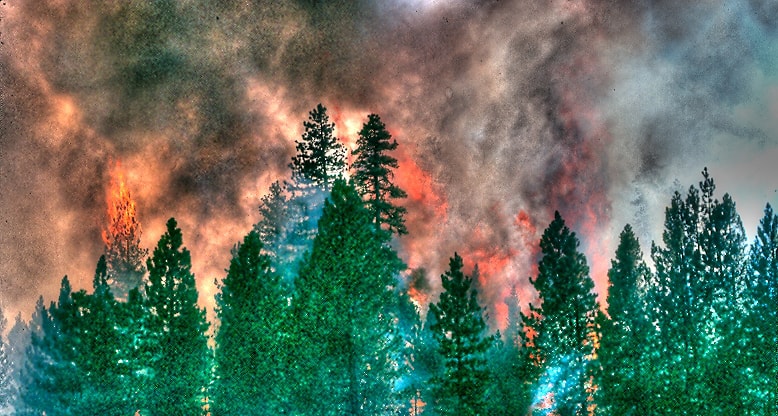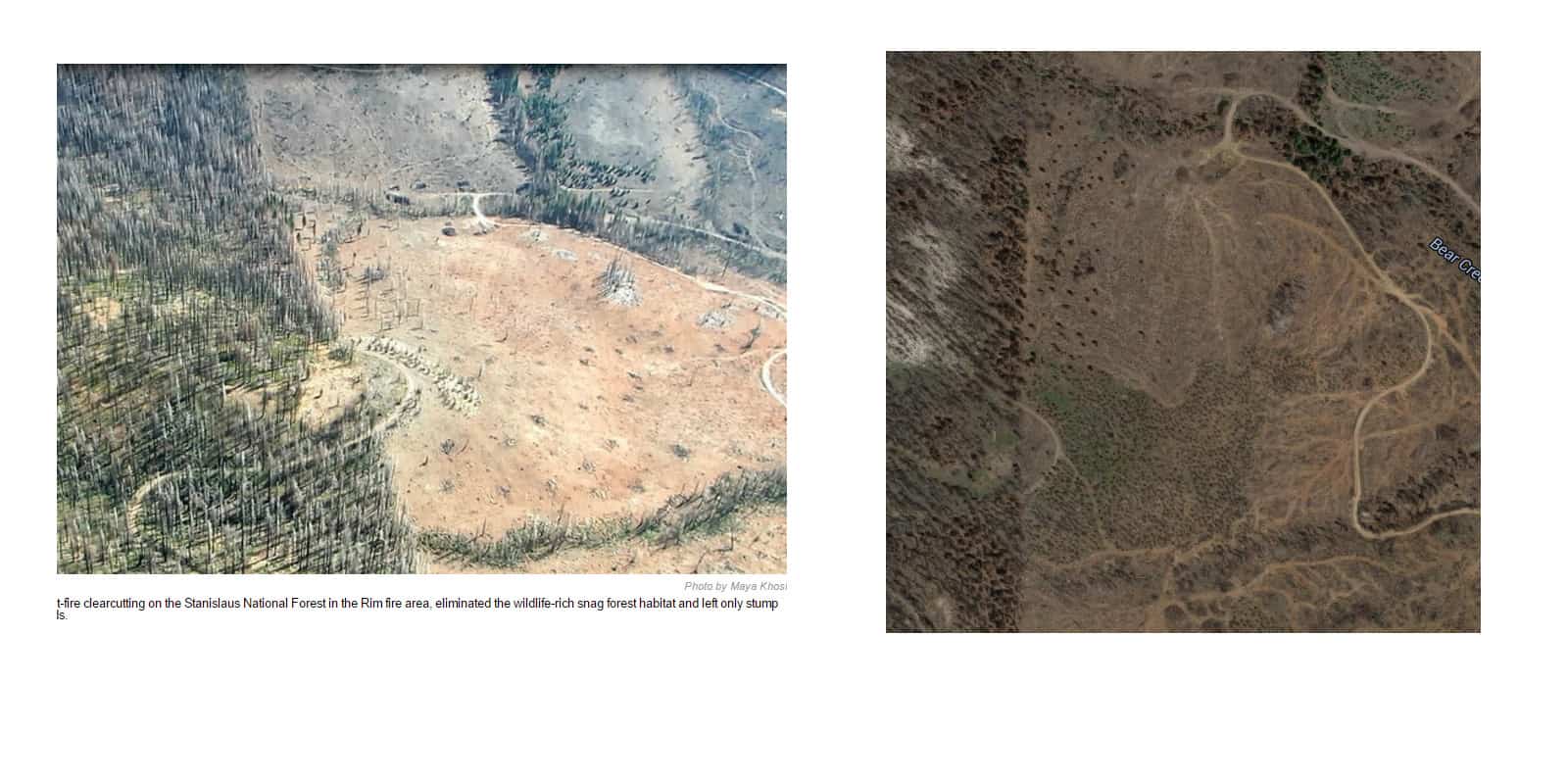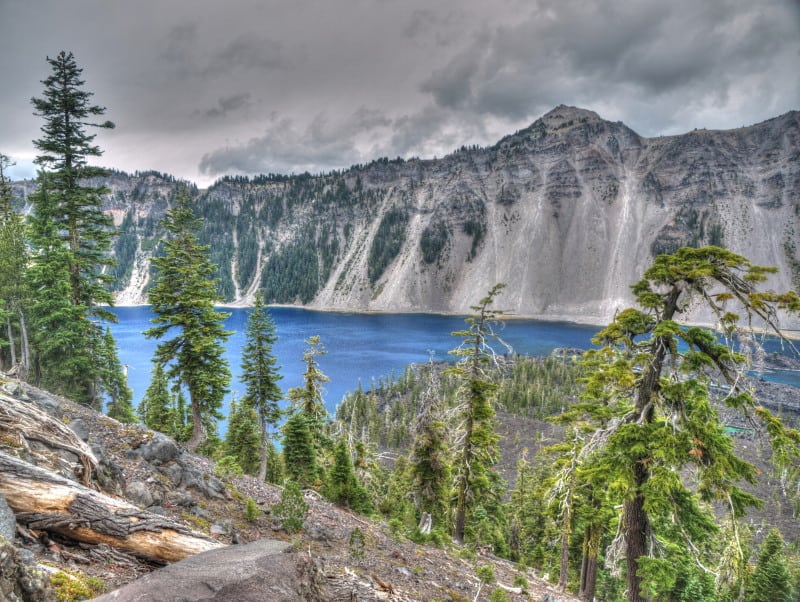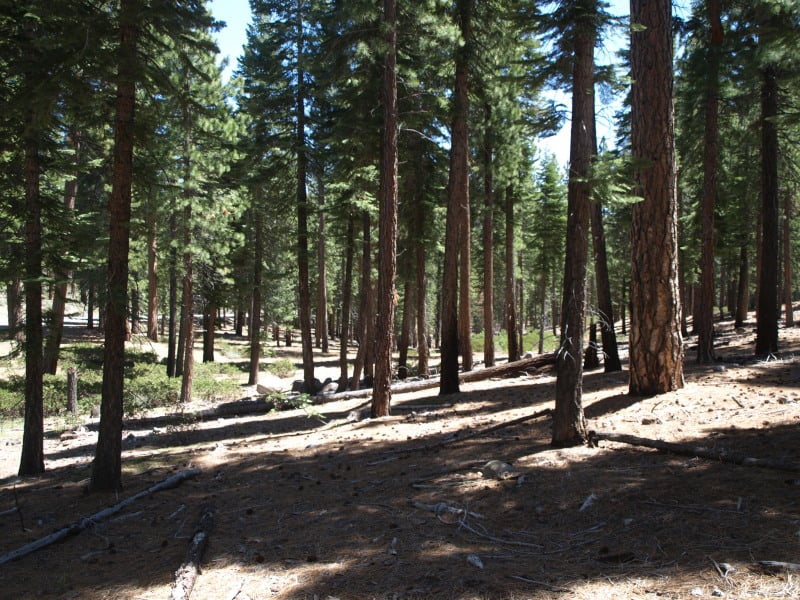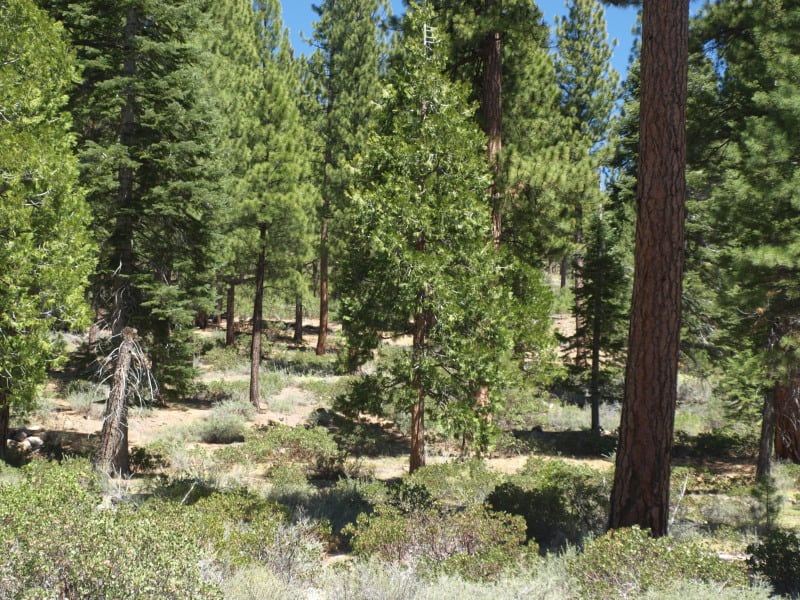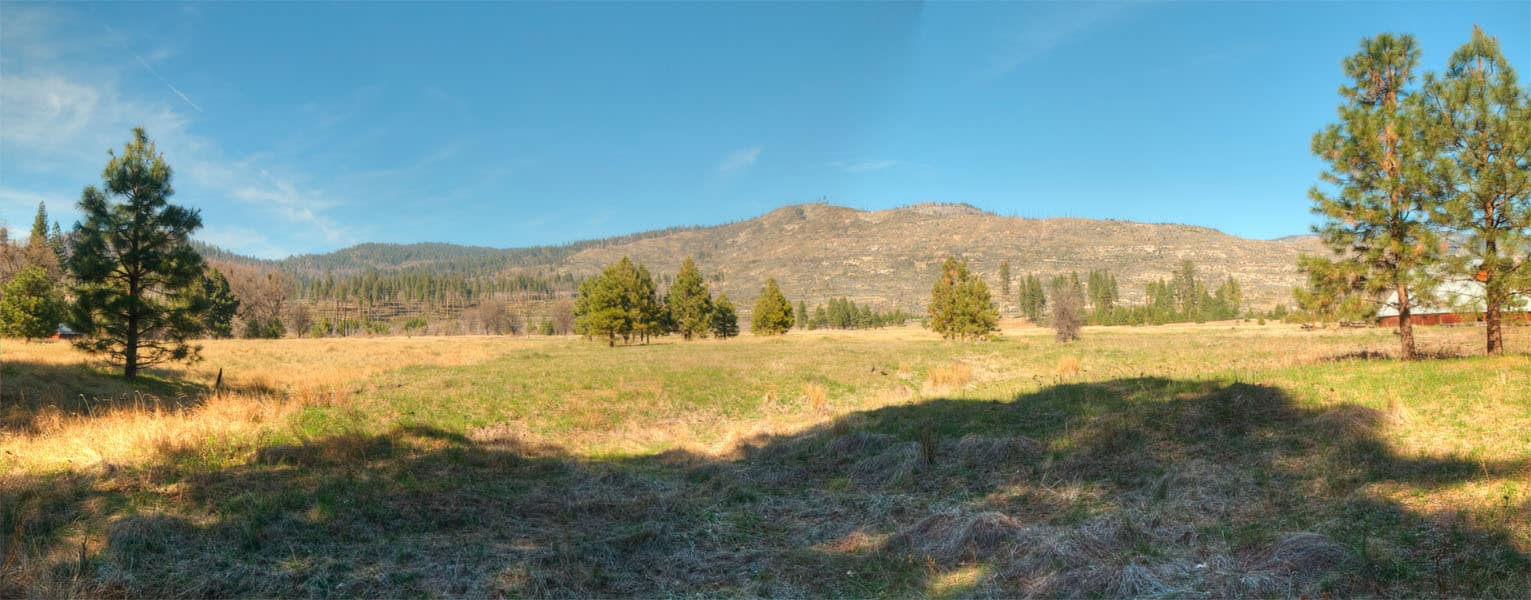How should we deal with the new math on forest fires?
If this article published in the February Proceedings of the National Academy of Sciences is not a fluke then it would seem to me that our expanding population dictates the need for more forest management not less. The less desireable alternative would be to severely restrict access to our federal forests. The main conclusion of the article is that humans sparked 84 percent of US wildfires and caused nearly half of the acreage lost to wildfire. This number excludes intentionally set controlled burns.
From the above, I would deduce that human initiated fires caused proportionally less acreage loss because they were closer to civilization and to forest access points and therefore closer to and more easily accessed by suppression resources. The fact that nearly half of the wildfire acres lost occur in these areas suggests that we would get more bang for our tax dollars if we increased and focused federal sustainable forest management around high traffic areas easily accessible to humans.
Knowing that humans who cause wildfires are, by definition, either careless or malicious, we might deduce that they are generally not inclined to put great effort into getting to their ignition set points. This would lead us to consider that human caused fires might prove to be in less difficult terrain areas with high human traffic. Fires like the Rim fire being the exception. That, if true, would suggest that forest management for risk reduction on these sites could be done at lower costs per acre than other less accessible forest acreage. Focusing forest management efforts on these high benefit to cost areas would have the biggest bang per tax dollar expended in order to lower the total cost of federal wildfire control. If my thinking is correct, this should play a large part in setting the priorities as to where we should: 1) apply controlled burns to reduce ground and other low fuels, 2) utilize commercial thinnings to reduce ladder and proximity fuels or 3) use commercial regeneration harvests to create greater variation in tree heights between stands in order to provide fire breaks for crown fires when appropriate for the site and species. The net effect would be positive for all species including endangered and threatened species. There would still be plenty of lightning caused wildfire, controlled burn hotspots/breakouts and a significantly reduced acreage of human caused fires to satisfy those who don’t mind national ashtrays. Reducing the number and size of human caused fires would also free resources to attack lightning fires earlier and harder when allowing the fire to burn was not an option.
Pertinent Quotes:
- “After analyzing two decades’ worth of U.S. government agency wildfire records spanning 1992-2012, the researchers found that human-ignited wildfires accounted for 84 percent of all wildfires, tripling the length of the average fire season and accounting for nearly half of the total acreage burned.” Italics added
- “”These findings do not discount the ongoing role of climate change, but instead suggest we should be most concerned about where it overlaps with human impact,” said Balch. “Climate change is making our fields, forests and grasslands drier and hotter for longer periods, creating a greater window of opportunity for human-related ignitions to start wildfires.”” Italics added
- “”Not all fire is bad, but humans are intentionally and unintentionally adding ignitions to the landscape in areas and seasons when natural ignitions are sparse,” … “We can’t easily control how dry fuels get, or lightning, but we do have some control over human started ignitions.””
